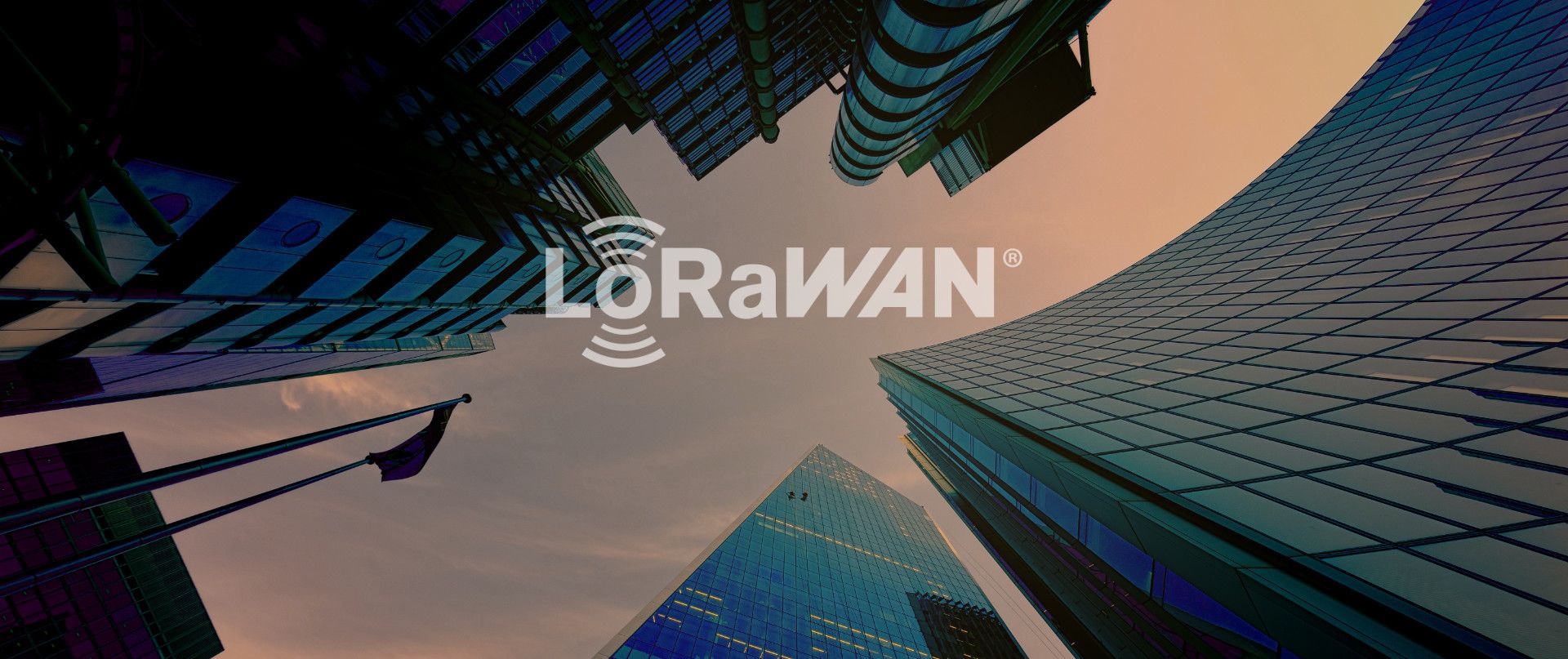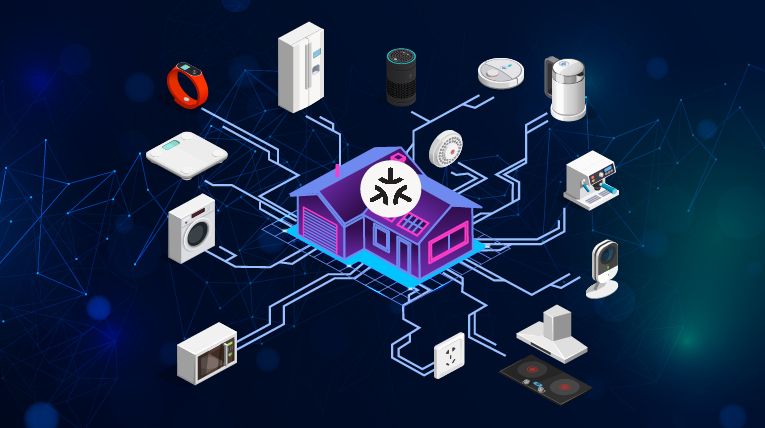How LoRaWAN is Powering Remote Monitoring Across Oil & Gas Operations

Introduction
The oil & gas industry has always faced a unique challenge—monitoring critical infrastructure in harsh, remote, and off-grid environments. With safety, efficiency, and downtime reduction at the core of operations, the need for real-time visibility has never been higher. Enter LoRaWAN — a low-power, long-range wireless protocol that’s revolutionizing remote monitoring across the sector.
Why LoRaWAN is Ideal for Oil & Gas

Long-Range Communication:
LoRaWAN’s ability to transmit data over kilometers without needing cellular connectivity makes it perfect for remote fields and pipelines. This enables real-time monitoring without the need for expensive infrastructure in hard-to-reach locations.
Low Power Consumption:
One of LoRaWAN’s standout features is its low power usage. Sensors can last for years on a single battery, minimizing the need for frequent maintenance or replacements. This leads to significant cost savings over time.
Scalable & Secure:
LoRaWAN supports thousands of devices, ensuring that your network can grow as needed. Additionally, with built-in end-to-end encryption and redundancy, it ensures that data is always secure, even when it’s transmitted over vast distances.
Key Use Cases
Pipeline Pressure Monitoring
LoRaWAN-enabled pressure sensors provide real-time insights into pipeline performance. These sensors help detect anomalies early, preventing potential leaks or failures before they escalate into costly or hazardous situations.
Tank Level Measurement
By monitoring fluid levels in tanks remotely, LoRaWAN ensures that overfills or shortages are avoided. This proactive monitoring helps maintain operational efficiency while reducing risks related to inventory management.
Wellhead Monitoring
LoRaWAN makes it easy to collect data from wellheads, such as vibration, flow rates, and valve positions, without requiring technicians to be on-site. This means reduced operational costs and enhanced safety through continuous data tracking.
Gas Leak Detection
Gas sensors deployed throughout the infrastructure can instantly detect hazardous leaks and send alerts to the control center via LoRaWAN. This allows for quicker response times, potentially saving lives and reducing environmental damage.
Integrating Edge Computing with LoRaWAN
At IoTKinect, we take it a step further by combining LoRaWAN with our proprietary EdgeKinect architecture. This integration allows for local processing of sensor data right at the edge, enabling AI-powered alerts and triggering on-premise automations before data even hits the cloud. This reduces latency and increases the responsiveness of the system.
Real-World Benefits
Up to 80% reduction in power consumption: With LoRaWAN, power efficiency is significantly enhanced, leading to lower operational costs.
60% fewer site visits by field staff: Remote monitoring means less need for technicians to travel to sites, reducing both cost and risk.
Real-time data with <10s latency using EdgeKinect: With the integration of EdgeKinect, data processing happens at lightning speed, ensuring real-time decisions.
Hardened security for critical operations: End-to-end encryption and secure communication protocols ensure that sensitive data remains protected.
Scalable architecture across 10 to 10,000+ sensors: Whether you have a small site or a large-scale operation, LoRaWAN’s scalability meets your needs.
Seamless Integration with Your SCADA / ERP
LoRaWAN integrates smoothly with your existing SCADA dashboards or ERP systems. Thanks to flexible APIs and MQTT/HTTPS endpoints, your field data can be routed directly into your system in real time. This ensures that all operations remain streamlined and efficient.
Final Thoughts
LoRaWAN is more than just a wireless protocol; it’s the vital connection that links remote, unmonitored assets to intelligent decision-making. For oil & gas companies looking to improve uptime, enhance safety, and boost ROI, the time to adopt LoRaWAN is now. By embracing this technology, companies can not only optimize their operations but also drive innovation across the sector.
